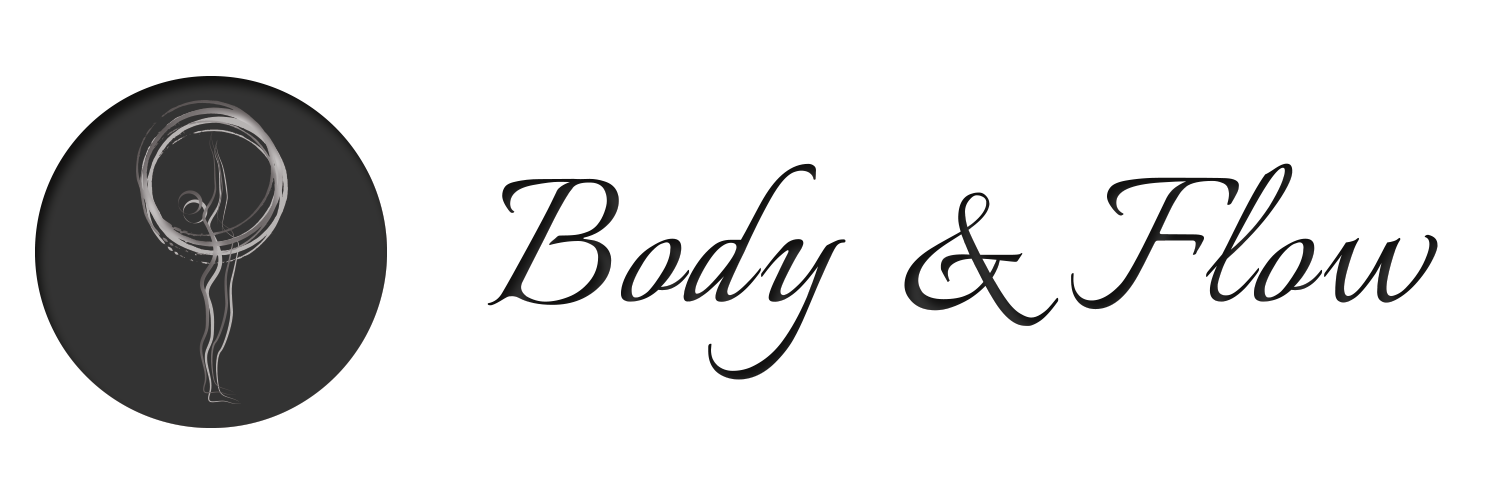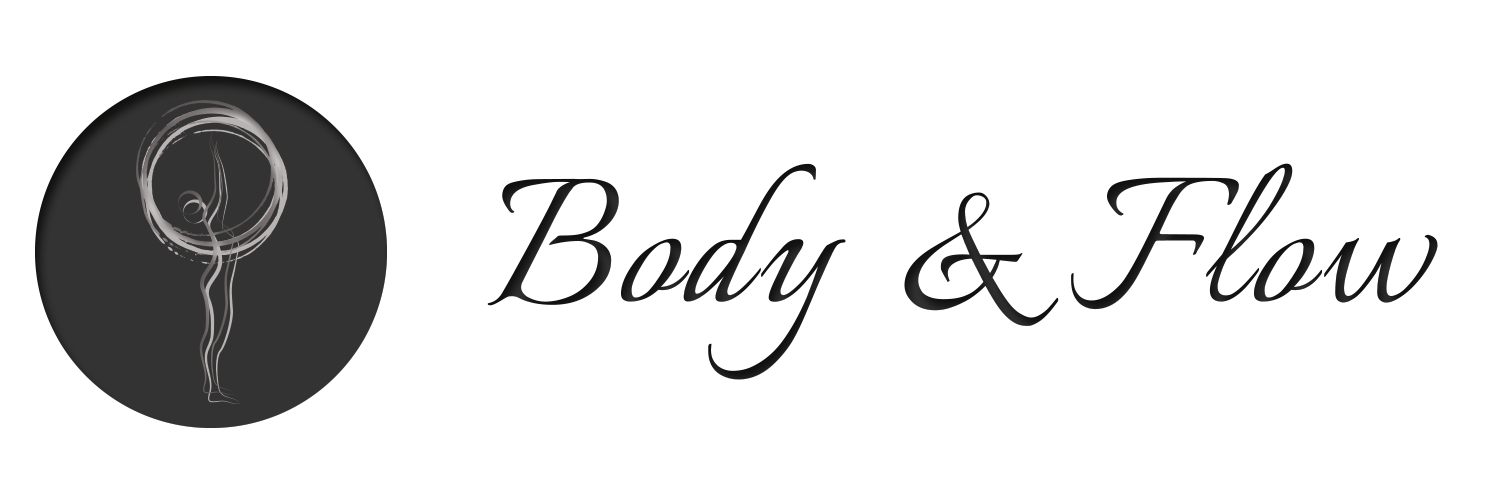The Jump Board – Let’s have some fun!
The work on the jump board will challenge the core, increase the heart rate and improve circulation.
Here are some of the differences between a Pilates class on the reformer and one using the jump board:
[/vc_column_text][/vc_column][/vc_row]
- Generally, we challenge the core in a controlled and slow manner. The jump board stimulates the core to work faster on a non-steady, dynamic base.
- Traditionally, Pilates is not a cardiovascular workout. The heart rate increases while working on the jump board, which creates a faster burn of calories and a faster circulation, resulting in a flush out of toxins from the body.
- The non-weight bearing work is much gentler to the body, lessens the stress on the joints (knees and ankles in particular). Students will learn how to sequence and articulate correctly with minimal strain and that will lead to reduced risk of injury, increased bone density and muscular strength.
- Students will feel like kids again, jumping, leaping and hopping. This is fun!!
Beginner
Strengthen the legs
Lie supine on the reformer with heels together in the air and toes apart on the jump board. Knees are bent and open to the sides. Arms by the sides and headrest in down. Resistance should be same as in the Leg Work.
Inhale Prepare
Exhale Stretch the legs and jump, allowing the toes to leave the jump board
Inhale Bend the knees and come back to starting position
Breath to the toes
Connect the legs to the core
Feel a spring between the heels and the sitting bones
Both legs work as one unit
Smaller ROM
Single leg
Add leg choreography
1-2 kg hand weights to incorporate the upper body




